Entry Category: Military Science
Prisoners of War (Civil War)
 John H. Pruitt Plaque
John H. Pruitt Plaque
Pruitt, John Henry
 PT-1 Trainer
PT-1 Trainer
Pulaski Light Artillery Battery (CS)
aka: Totten Artillery Company
Quantrill, William Clarke
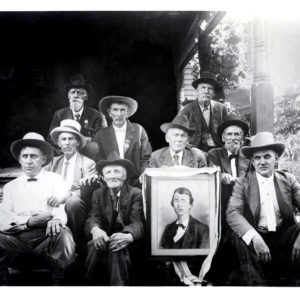 Quantrill's Guerrillas
Quantrill's Guerrillas
Quitman, Skirmish at
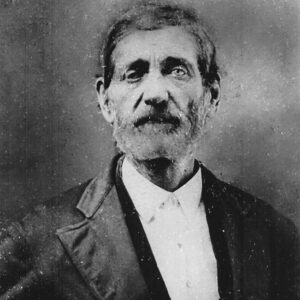 James S. Rains
James S. Rains
Rayburn, Howell A. “Doc”
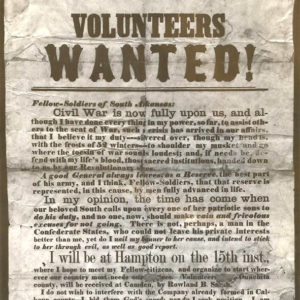 Recruitment Poster
Recruitment Poster
Red River Campaign
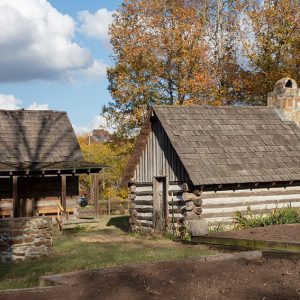 Reed's Bridge Battlefield Park
Reed's Bridge Battlefield Park
 Reed's Bridge Reenactment
Reed's Bridge Reenactment
Reed’s Mountain, Skirmish at
Reid, Thomas Jefferson
Remount Camp, Skirmish at
Reserve Officers’ Training Corps (ROTC)
Resolute
Reynolds, Daniel Harris
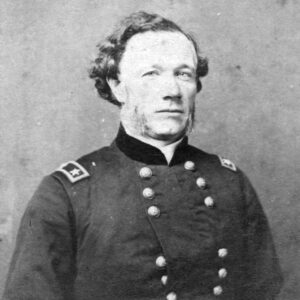 Joseph J. Reynolds
Joseph J. Reynolds
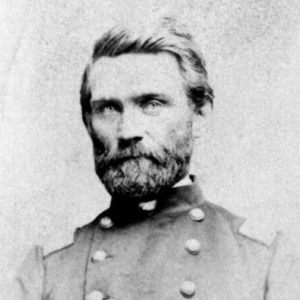 Samuel Rice
Samuel Rice
Rice, Samuel Allen
 Richard O. Covey
Richard O. Covey
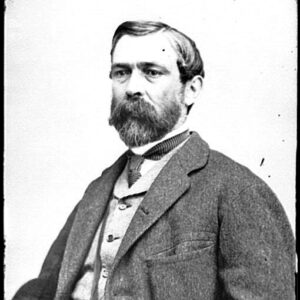 Richard Taylor
Richard Taylor
Richland Creek, Skirmish at (August 16, 1864)
Richland Creek, Skirmishes at (April 13–14, 1864)
Richland Creek, Skirmishes at (May 3 and 5, 1864)
Richland, Skirmish at
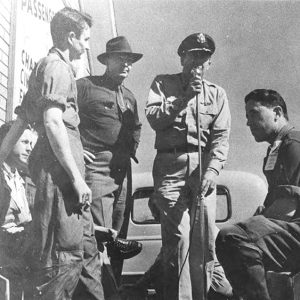 General Ricks Speaking
General Ricks Speaking
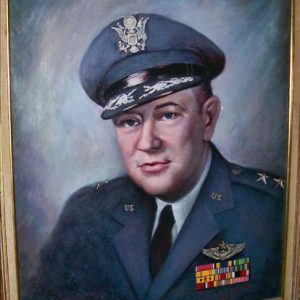 Earl Ricks
Earl Ricks
 Earl Ricks
Earl Ricks
Ricks, Earl Thornton
 Orlando Charles Risdon
Orlando Charles Risdon
 James R. Risner
James R. Risner
Risner, James Robinson
 Wendel A. Robertson
Wendel A. Robertson
Robertson, Wendel Archibald
Robinson, James H.
Rodger’s Crossing, Skirmish at
aka: Skirmish at White River (September 14, 1864)
aka: Skirmish at Huntsville
Rohwer Relocation Center
Rolla, Missouri, to Batesville, Expedition from
Rolling Prairie, Skirmish at
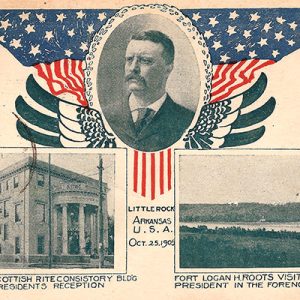 Roosevelt Visit
Roosevelt Visit
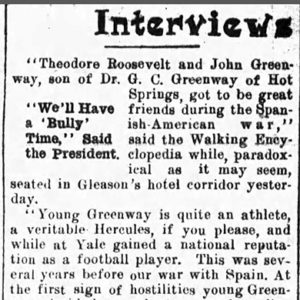 Roosevelt Interview Article
Roosevelt Interview Article
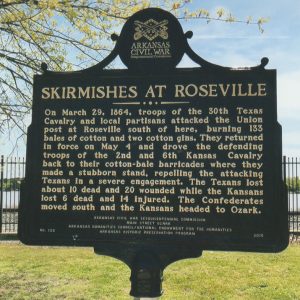 Roseville Sign
Roseville Sign
Roseville, Skirmishes at
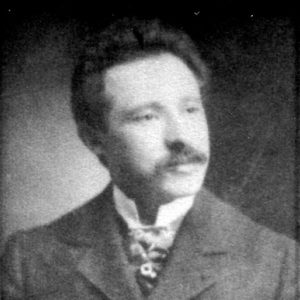 B. J. Rosewater
B. J. Rosewater




